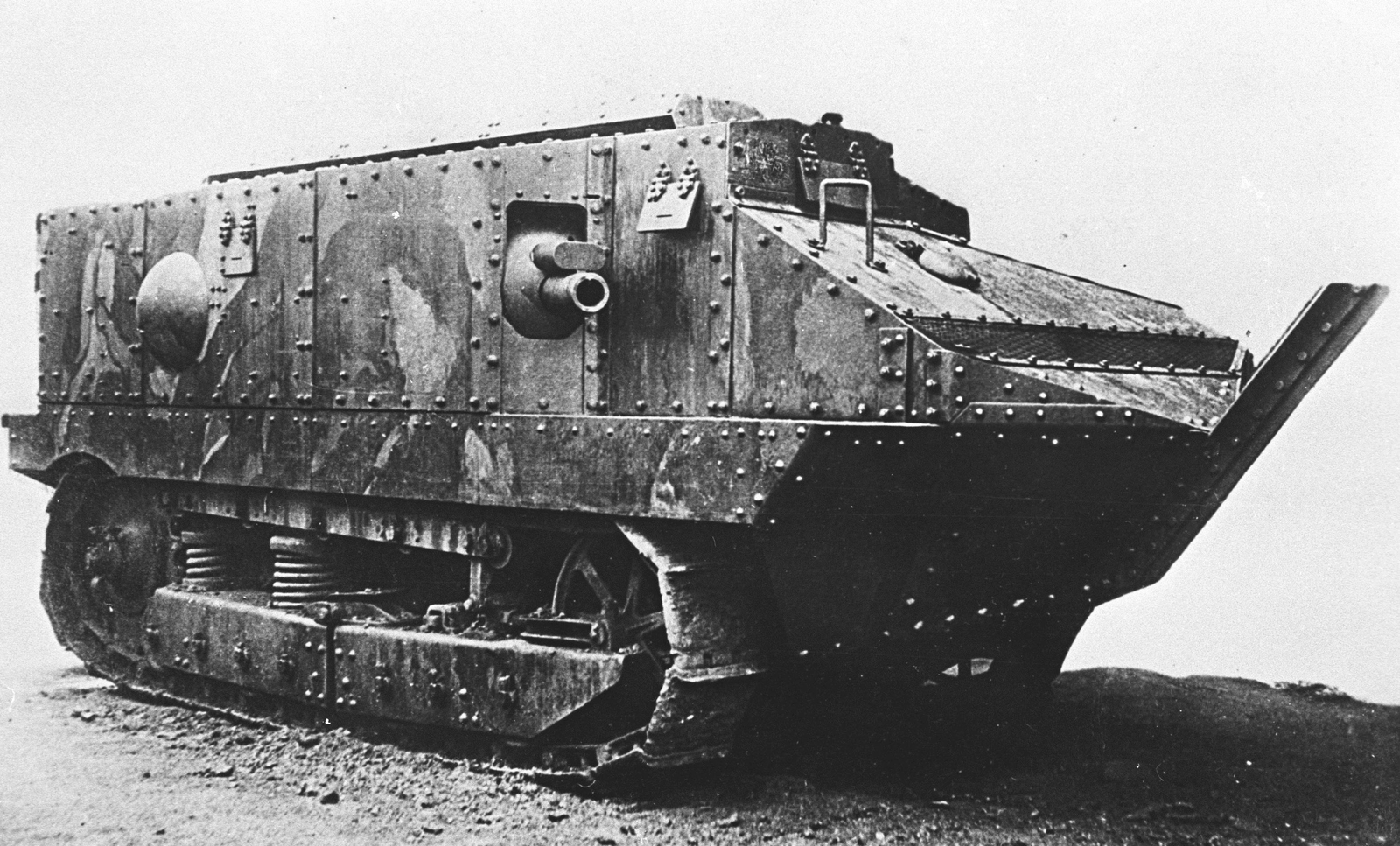
As we envision today’s battlefields—fighter planes zooming across the horizon, tanks rumbling over dunes, and soldiers sporting high-tech equipment—it is easy to forget that much of this warfare muscle extends back to World War I. That conflict did not merely redraw maps; it compelled militaries to reexamine the very means of warfighting.

The Birth of Modern Warfare
Before 1914, most armies still had in mind war in terms of cavalry charges and gallant bayonet assaults. That fantasy dissolved in the mire of the Western Front. The machine gun did it all. Its firepower was so lethal that traditional-style attacks became virtually impossible, driving men underground into trenches. Then came poison gas—chlorine and mustard gas—which brought a nightmarish new element to the battlefield. Soldiers required protection, so the gas mask became a standard-issue item, one carried by troops even today.

Tanks and Armored Vehicles
Trench warfare produced deadlock positions that could not be broken. The answer lay in the tank. The British Mark I saw action for the first time in 1916—slow, cumbersome, and unreliable, but it demonstrated the ability of armored vehicles to traverse trenches and hold up to small-arms fire. France soon had its designs to follow.

These early machines formed the basis of current mechanized warfare. Armoured cars emerged too, providing mobility and protection for scouts and support units. These concepts were adapted over time to produce today’s powerful main battle tanks and multi-purpose armoured vehicles with sophisticated targeting systems.

The Rise of Air Power
World War I was also the first significant war to have the battlefield in the skies. Initially, planes were employed primarily for reconnaissance, but soon enough, they were outfitted with guns and bombs. Dogfights between delicate biplanes and the initial long-range bombing raids gave rise to the idea of air superiority. The race to construct faster, stronger, and more powerful planes began then—and persists today in the guise of stealth fighters and next-generation bombers.

Ammunition and Small Arms
The war transformed the gear each soldier bore. Artillery was now the preponderant killer, with exploding shells that could reduce fortified positions to rubble. Smoke and incendiary rounds, specialized ammunition, provided soldiers with new options. Small arms evolved too—pistols such as the Colt 1911 were now legendary, and the 9mm cartridge developed before the war is still among the most common rounds on earth. These guns became the template for guns that soldiers and police carry today.

The Evolution of Tactics
With every new weapon, new ways of combat evolved. Trench warfare, with barbed wire, bunkers, and dugouts to back it up, became a harrowing icon of war. Strategic bombing was first trialed, and camouflage was used extensively to cover troops and machinery. These might appear different today, but the paradigms are the same—concealment, long-range attacks, and multi-layered defense continue to characterize battlefields today, be it open deserts or urban jungles.

The Lasting Legacy
The reverberations of World War I innovations resonate today. Contemporary aircraft break speed and stealth barriers, but engineers continue to grapple with issues not too different from those encountered by early tank and plane designers—performance, reliability, and survivability. The war imparted to militaries that each technological leap forward creates new challenges, a lesson as pertinent today as it was over a century ago.

Flamethrowers—Fear and Debate
Few weapons had the psychological impact of the flamethrower, first employed in 1915. It was brutally effective in clearing trenches and bunkers, and variations of it continued to show up in subsequent wars. But public opinion turned against it, particularly after the firestorms of World War II and Vietnam. Its legality today is still debated, as international law permits some uses but inhibits others. The discussion continues as modern technology explores new—and sometimes controversial—ways to deploy fire-based weapons.

The American Experience
For the United States, the war was a turning point. Entering the conflict with outdated weapons and doctrine, the U.S. quickly adapted by adopting modern rifles, machine guns, and aircraft. The war also accelerated the move toward mechanization and advanced communications, laying the groundwork for America’s emergence as a global military power.

Final Thoughts
World War I was more than an imperialist conflict—it was the start of modern warfare in its modern form. Tanks, aircraft, machine guns, chemical weapons, and new theories of tactics all debuted during those years and continue to influence the conduct of war today. While technology is moving fast with drones, stealth aircraft, and autonomous vehicles, the Great War teaches us that every warfighting breakthrough introduces new challenges—and new questions about how wars are to be waged.
